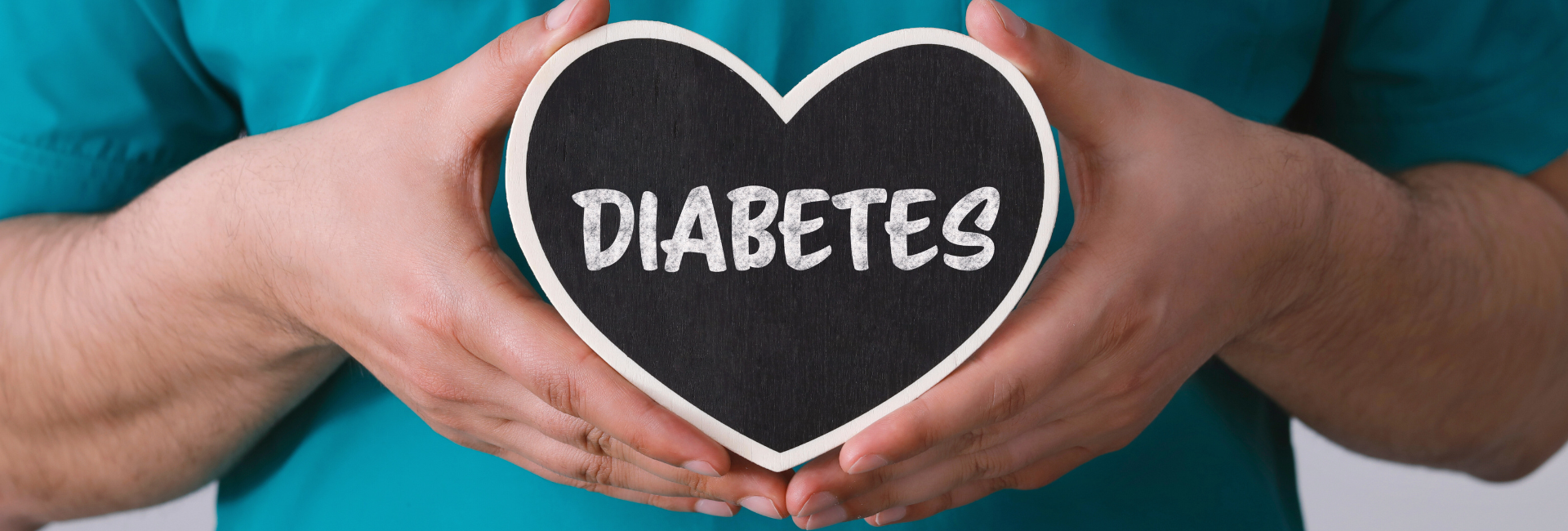
Diagnosed Too Late: How Innovation Is Changing the Face of Diabetes Detection
Diabetes is often called a “silent disease” for good reason. In Singapore, a significant number of people are diagnosed with diabetes only after complications have set in—when damage to the eyes, kidneys, nerves, or heart has already begun. This late diagnosis not only makes management more difficult but also increases the risk of serious, lifelong health problems. However, with the advent of continuous glucose monitoring (CGM), including innovative solutions like the BUZUD CGM, there is new hope for earlier detection and better outcomes.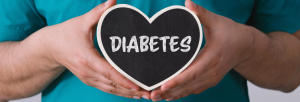
The Problem: Late Diagnosis in Singapore
Despite years of public health campaigns, diabetes remains a major health crisis in Singapore. According to Diabetes Singapore, more than 400,000 people in Singapore currently live with diabetes, and this number is projected to reach 1 million by 2050 if current trends continue. Alarmingly, one in three people with diabetes in Singapore do not know they have the condition. Many only discover their diagnosis during routine health checks or when they seek treatment for related complications. By then, the disease may have been silently progressing for years [Diabetes Singapore].
Several factors contribute to this trend:
- Lack of Symptoms: Early-stage diabetes often presents no obvious symptoms, or symptoms are so mild they are easily overlooked.
- Irregular Screening: Many Singaporeans, especially those under 40 or without a family history, do not undergo regular blood glucose screening.
- Busy Lifestyles: Work and family commitments can lead to neglect of personal health and missed opportunities for early detection.
The Devastating Consequences of Late Diagnosis
When diabetes is detected late, the impact on individuals and the healthcare system is profound. Here are some of the specific ways late diagnosis can hurt:
-
Kidney Disease (Diabetic Nephropathy):
Diabetes is a leading cause of kidney failure in Singapore. Prolonged high blood sugar levels damage the small blood vessels in the kidneys, leading to a gradual decline in kidney function. Late diagnosis means this damage may be advanced, requiring dialysis or kidney transplantation. -
Eye Damage (Diabetic Retinopathy):
High blood sugar can damage the blood vessels in the retina, leading to vision loss and blindness. Late diagnosis means that retinopathy may have progressed to a stage where treatment is less effective, potentially resulting in irreversible vision impairment. -
Nerve Damage (Diabetic Neuropathy):
Diabetes can damage nerves throughout the body, causing pain, numbness, and tingling, especially in the feet and hands. Late diagnosis means that neuropathy may have become severe, leading to chronic pain, foot ulcers, and even amputation. -
Cardiovascular Disease:
People with diabetes are at higher risk of heart disease and stroke. High blood sugar levels contribute to the build-up of plaque in the arteries, increasing the risk of heart attacks and strokes. Late diagnosis means that cardiovascular damage may have already occurred, increasing the likelihood of these life-threatening events. -
Foot Problems:
Diabetes can reduce blood flow to the feet and damage nerves, increasing the risk of foot ulcers and infections. Late diagnosis means that foot problems may have become severe, potentially requiring amputation.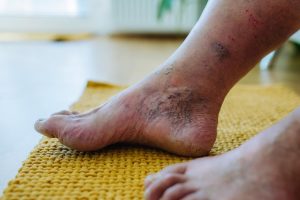
-
Increased Risk of Infections:
High blood sugar levels can weaken the immune system, making people with diabetes more susceptible to infections. Late diagnosis means that infections may be more frequent and severe, requiring hospitalisation and prolonged treatment. -
Reduced Quality of Life:
The complications of diabetes can significantly impact quality of life, leading to chronic pain, disability, and reduced independence. Late diagnosis means that individuals may experience these challenges for a longer period, affecting their ability to work, socialise, and enjoy life. -
Increased Healthcare Costs:
Treating the complications of diabetes is expensive. Late diagnosis means that individuals are more likely to require costly treatments such as dialysis, laser eye surgery, and amputation, placing a significant burden on the healthcare system. According to Diabetes Singapore, medical expenses and productivity loss from diabetes are expected to rise from $940 million in 2014 to$1.8 billion by 2050*.
How Continuous Glucose Monitoring (CGM) Can Help
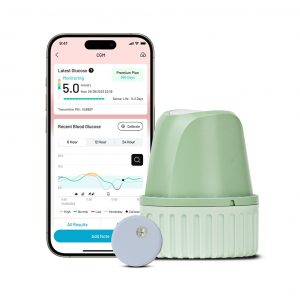 Continuous glucose monitoring offers a game-changing approach to early detection and proactive management of diabetes. Unlike traditional finger-prick tests, which provide only occasional snapshots, CGM delivers a continuous, real-time picture of glucose trends throughout the day and night.
Continuous glucose monitoring offers a game-changing approach to early detection and proactive management of diabetes. Unlike traditional finger-prick tests, which provide only occasional snapshots, CGM delivers a continuous, real-time picture of glucose trends throughout the day and night.
Key Benefits of CGM for Early Detection:
-
Uncovering Hidden Patterns:
CGM can reveal subtle glucose fluctuations and trends that might otherwise go unnoticed. For example, it can detect post-meal spikes or nocturnal elevations, which are early warning signs of impaired glucose regulation. -
Prompting Timely Action:
With real-time alerts for high or low glucose levels, individuals are more likely to seek medical advice sooner, even before symptoms develop. -
Encouraging Regular Monitoring:
The convenience and ease of CGM encourage more frequent and consistent monitoring, especially for those at higher risk due to family history, obesity, or sedentary lifestyles. -
Empowering Individuals:
By providing immediate feedback, CGM empowers users to make informed decisions about diet, exercise, and other lifestyle factors, potentially reversing pre-diabetes or catching diabetes in its earliest stages. -
Supporting Healthcare Providers:
CGM data can be shared with doctors, allowing for more accurate diagnosis and personalised treatment plans. This collaborative approach can help catch diabetes before complications arise.
The BUZUD CGM: A Smart Solution for Singapore
BUZUD’s Continuous Glucose Monitoring system is designed to make early detection and daily management of diabetes more accessible and user-friendly for Singaporeans. The BUZUD CGM features a discreet, wearable sensor that continuously measures glucose levels in real time, transmitting data directly to a smartphone app or reader. This allows users to:
- Track glucose trends 24/7 without the need for frequent finger-pricks.
- Receive instant alerts for high or low glucose readings, helping to prevent dangerous episodes.
- Share data easily with healthcare professionals or family members, supporting collaborative care.
- Gain insights into how meals, exercise, stress, and sleep affect their glucose levels, enabling more personalised lifestyle adjustments.
The BUZUD CGM is suitable for people with diabetes, those with pre-diabetes, and even individuals at higher risk who want to take a proactive approach to their health. Its user-friendly interface and local support make it an ideal choice for Singapore’s diverse population.
While CGM technology was once reserved for those with type 1 diabetes, it is now increasingly available to people with type 2 diabetes and those at risk. In Singapore, more clinics and wellness providers are offering CGM as part of health screening packages. Some insurers and employers are also beginning to subsidise the cost, recognising the long-term savings from early intervention. BUZUD is committed to making CGM technology accessible and affordable, supporting Singapore’s national efforts in the “War on Diabetes”.
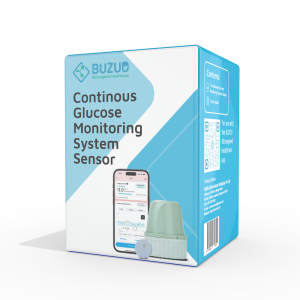 If you have risk factors for diabetes—such as being overweight, having a family history, or belonging to a higher-risk ethnic group (Malays and Indians in Singapore have consistently higher rates)—consider speaking to your doctor about CGM. Early detection is the key to preventing complications and living a healthier, longer life. The BUZUD CGM can be a valuable ally in this journey, offering peace of mind and empowering you to take control of your health.
If you have risk factors for diabetes—such as being overweight, having a family history, or belonging to a higher-risk ethnic group (Malays and Indians in Singapore have consistently higher rates)—consider speaking to your doctor about CGM. Early detection is the key to preventing complications and living a healthier, longer life. The BUZUD CGM can be a valuable ally in this journey, offering peace of mind and empowering you to take control of your health.
Too many Singaporeans are diagnosed with diabetes only after the disease has taken a toll on their health. Continuous glucose monitoring, especially with innovative solutions like the BUZUD CGM, offers a powerful tool for early detection, empowering individuals and healthcare providers to act before it’s too late. By embracing CGM and regular screening, Singapore can turn the tide in its war against diabetes—catching the disease early, preventing complications, and improving quality of life for all.
No Comments
Leave a Reply
You must be logged in to post a comment.
